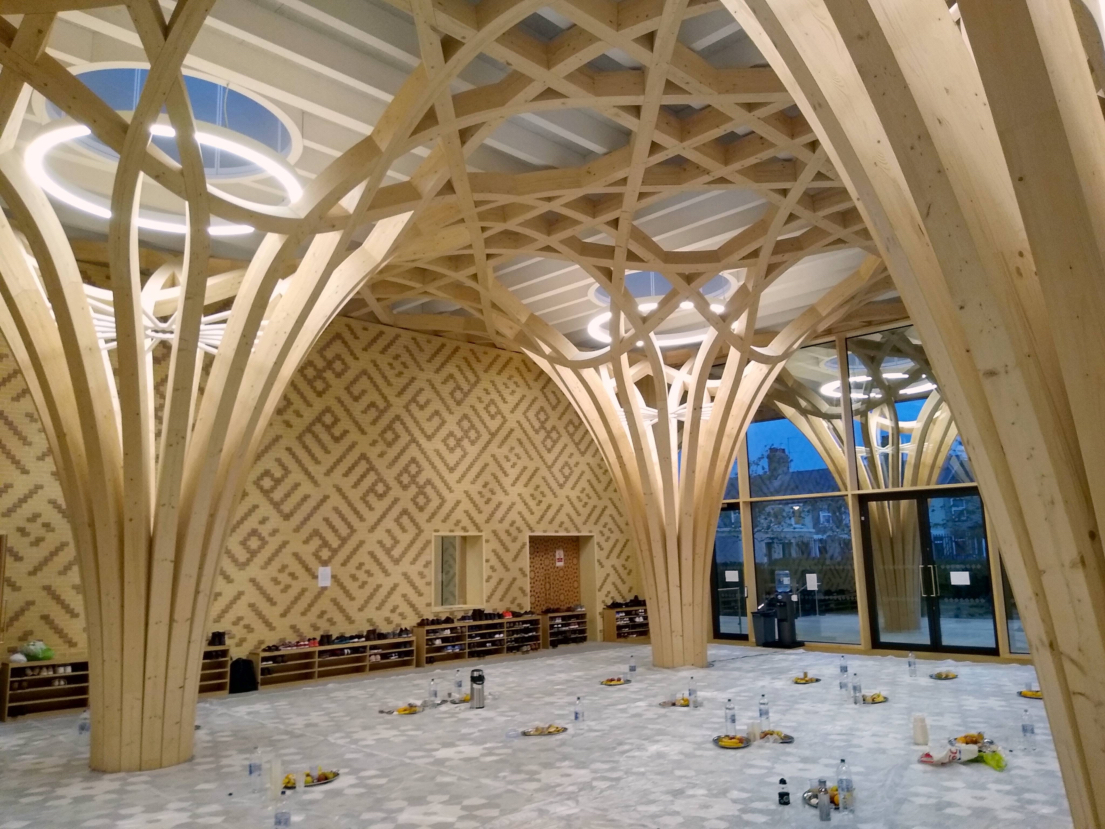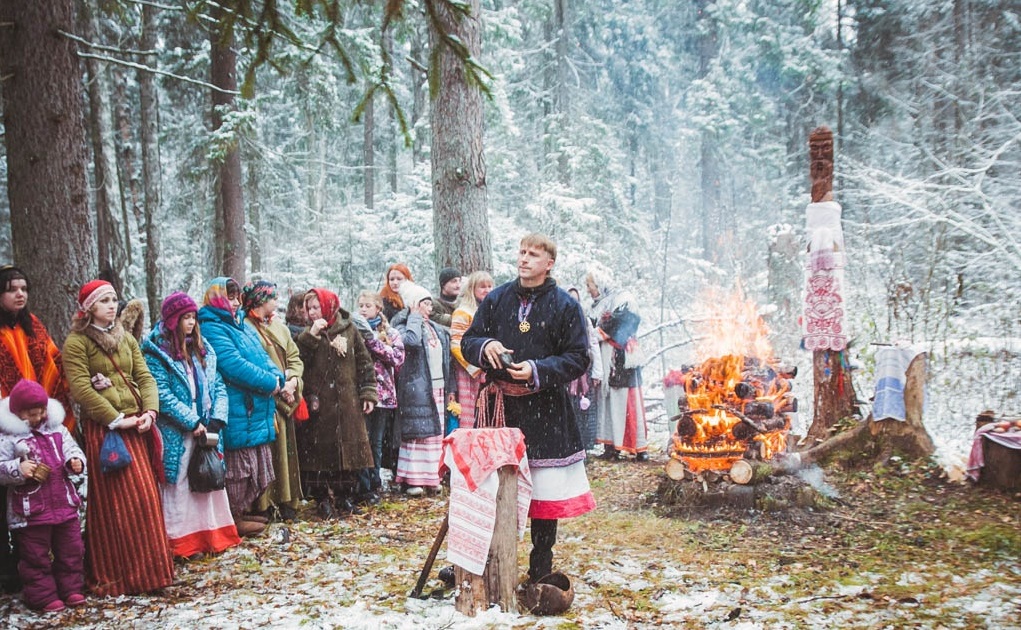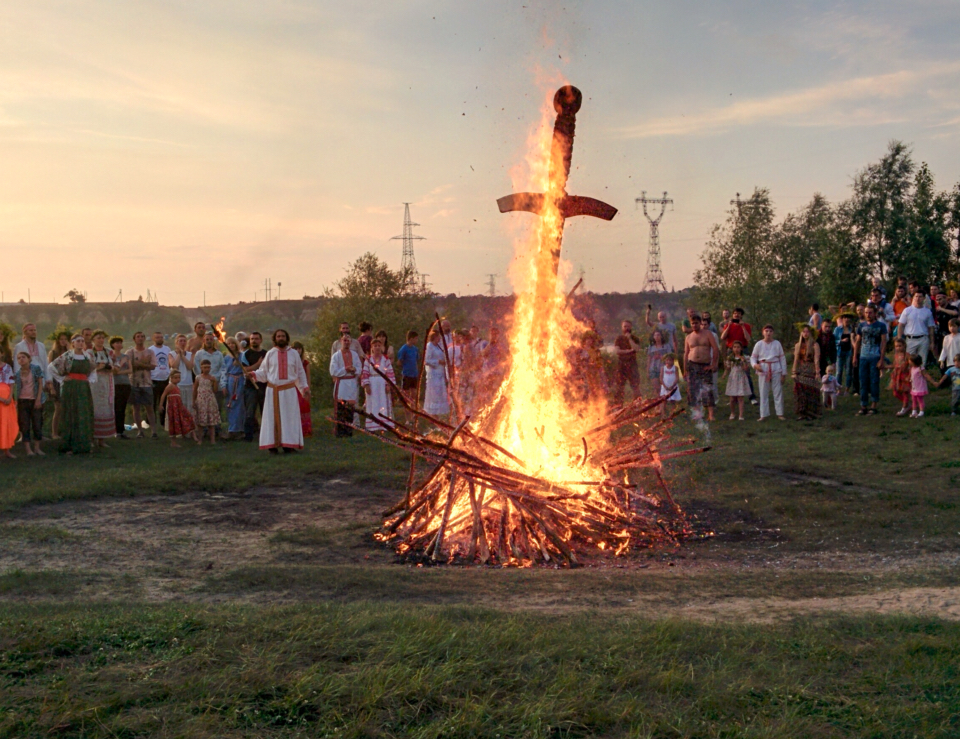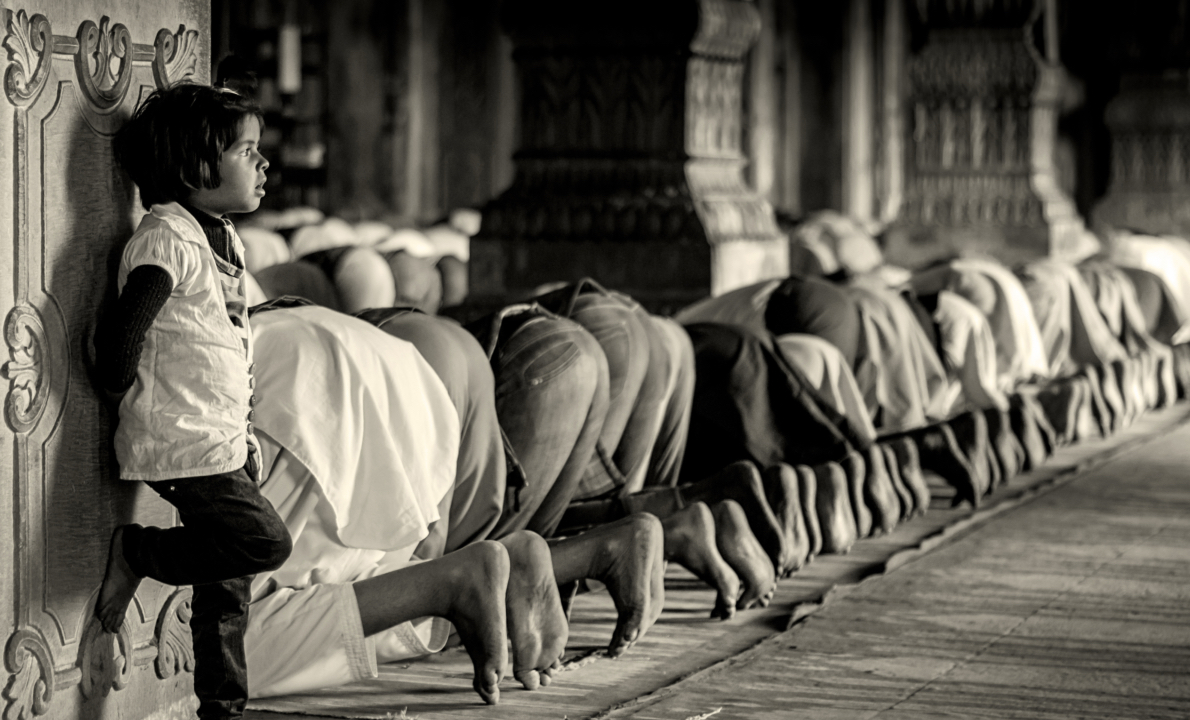PROJECT OVERVIEW
This project will create the world’s largest, most collaborative, epistemically diverse, open-access mixed data set on contemporary religion. The resulting infrastructure will create a framework to enable the exploration of how contemporary religion can contribute to or detract from personal and societal wellbeing. The data set will also provide an important new resource for policy makers and individuals, enabling more informed decisions about how to engage with religious groups and the parameters for promoting religious freedom. To do so, we will create a New Religiosity Poll (NRP) for the Database of Religious History (DRH), enabling quantitative analysis verified with qualitative expertise. By combining archival data, ethnographic fieldwork and citizen science, we will create 400 entries of contemporary religious groups within Christian, Dharmic, Japanese, Islamic and esoteric traditions. Each entry will have hundreds of quantitative data points, backed up by thick qualitative notes, focusing on variables relating to prosociality, wellbeing and religious freedom. The complete dataset will unlock the potential of digital humanities to better promote human flourishing with an evidence-based engagement with contemporary religiosity.


WHAT IS NEW RELIGIOSITY?
There are limitations to any definition. Recognizing this, our inclusion criteria adapts Eileen Barker’s (1999) working definition, operationalized by Inform, that a group is
new in so far as it has become visible in its present form since the Second World War, and that it is religious in so far as it […] proposes answers to at least some of the […] ultimate questions that have traditionally been addressed by mainstream religions.
– Eileen Barker (1999: 16)
We have updated this definition to create an inclusion criteria for groups which have become visible in their present form in the post-1970s era of transformed communication, transportation, and technological capabilities, leading to diasporic growth and the co-mingling of spirituality and often neoliberal ideologies. This definition allows us to focus on contemporary religiosity’s engagement with new media and transregional migrations and diasporas.
WHAT IS EUDAIMONIA?
“Eudaimonia” is famously difficult to define, illustrated by Vittersø’s (2016) delineation of 41 definitions and his appeal for a multi-dimensional approach to identify aspects of long-term flourishing that exceed short-term hedonic pleasure. For this project, we extend the word of ethicists and social psychologists who examine “human flourishing” as conceptions of universal good, optimal experience and functioning, in all their diverse potentialities, as distinct from individually determined, subjective happiness and hedonic pleasure attainment. We will examine prosocial and health-promoting behavior often correlated with religiosity, such as volunteering, physical fitness, balanced nutrition, and fostering virtuous character traits, such as curiosity and growth mindsets. While these correlations are often researched at the level of individuals, we will examine the larger sociocultural patterning in which such beliefs and practices are produced, reproduced, and transformed at the group level. Our aim is to use archival and fieldwork data to close the gap between individual-level characteristics correlated with eudaimonia and the group environments that enculture such characteristics.
 Ynglists celebrating Kupala with the ritual of the sword, in Omsk, Omsk Oblast, Russia. 8 July 2016 Valdiswallace, CC BY-SA 4.0
Ynglists celebrating Kupala with the ritual of the sword, in Omsk, Omsk Oblast, Russia. 8 July 2016 Valdiswallace, CC BY-SA 4.0
WHY DIGITAL HUMANITIES?
The use of quantitative measurements and digital tools to study religion has accelerated in the past decade. Our project extends this growing trend in the study of religion by creating a publicly available data set and integrated analytic tools to facilitate future studies. By creating the “New Religiosities Poll” (NRP) on the existing framework of the Database of Religious History (DRH) at the University of British Columbia, we will extend the analytic power of the database from largely premodern to the contemporary.
